DANCE OF THE RUPEE
By Prof. Rudra Sensarma
The rupee has received a lot of attention in the last few months ever since it went into what seemed like a free fall. Recently I was asked by a couple of regional media representatives to comment on the issue. These interviews gave me an opportunity to classify my thoughts into two parts, the general impact and the impact on the Kerala economy.
The RBI has actually been doing a fine job of managing volatility in the currency market (the standard deviation of exchange rate is lower right now compared with previous months or years!). But the question is whether it is fighting a losing battle with no end in sight especially if speculators start believing that the central bank is running out of forex reserves. Of course current estimates say our reserves are sufficient to cover six months of imports; certainly a more comfortable scenario than in 1990-91 when it was barely sufficient for three weeks of imports. What can be done now? I believe the real issue is that the policy makers should do the right thing and not the easy thing. Capital controls are easy to impose but will the recent control measures help the government buy time till the elections? The right thing to do is to take bold decisions that will increase the inflow of foreign currency through higher exports, remittances, investments (portfolio and direct). The new RBI governor took charge on 5th September and the initial signs make one hopeful that we may not have to wait till a new government takes charge before we see some bold decisions.
Moving to Kerala, it is quite well known that remittances are the backbone of the state economy. Therefore it is very interesting to note that while the rupee has weakened by 10% in the last one year, consumer price index has gone up by 10% in the same period! So inflation has eaten into the benefits of remittances. Of course the volume of remittances has also gone up along with their rupee value. But we should not forget that remittances only benefit around one-third to half of the households while inflation affects the entire population including the poor and tribals. So the net effect of these twin forces is not really that positive for the state economy. Of course depreciation will benefit export sectors (spices, rubber, tourism) but the benefits from their growth will take time to come in.
Overall, my sense is that there will be a reversal of the trend as far as exchange rate is concerned once investors realize that prospects in the rest of the world is not really any better off than in India. But we may need to send out some strong signals to help investors make up their minds! Are we up to that task? What do you think?
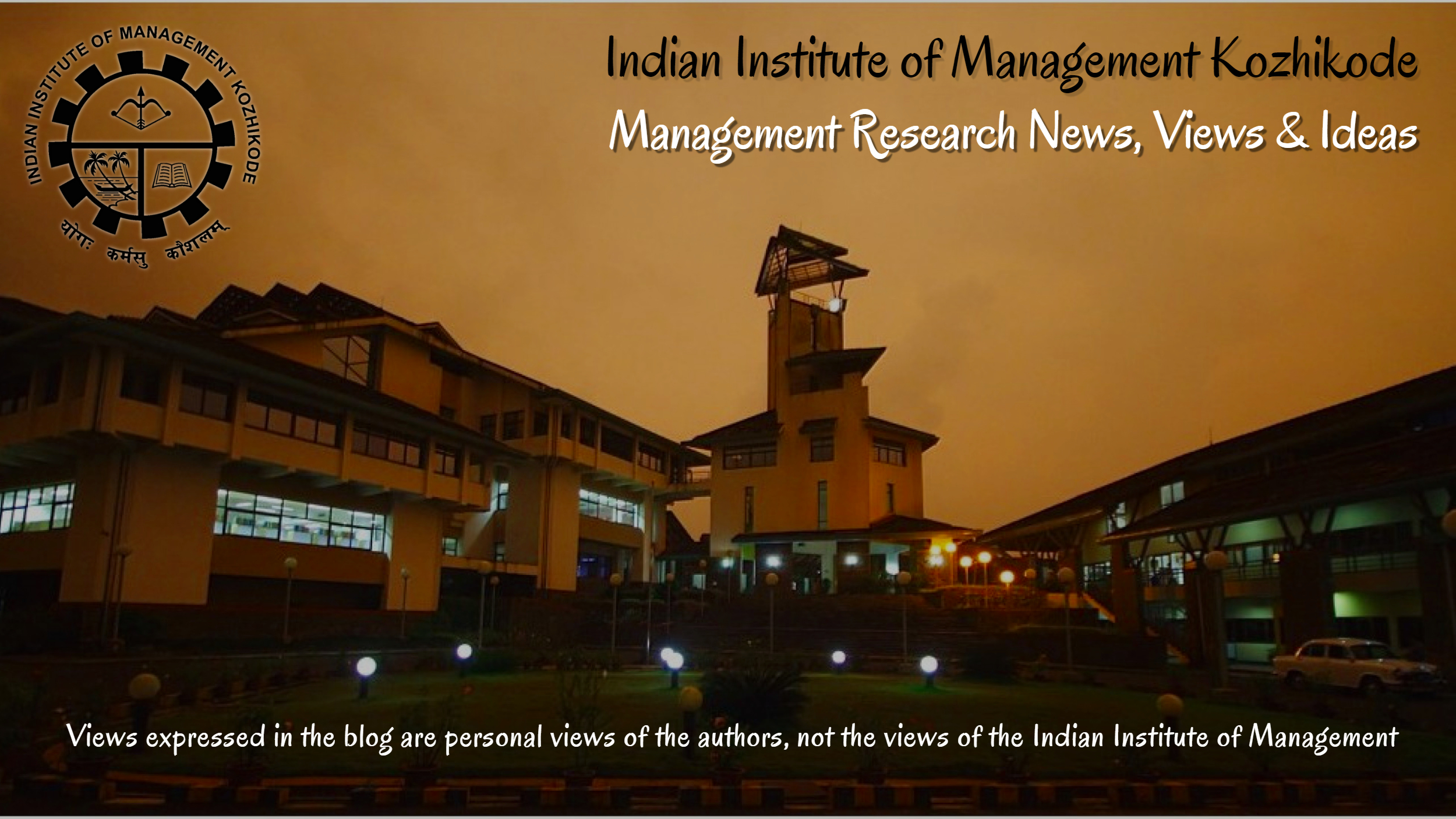



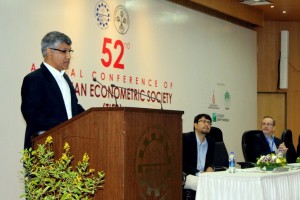
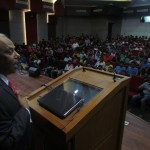




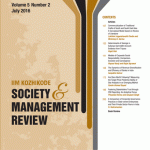
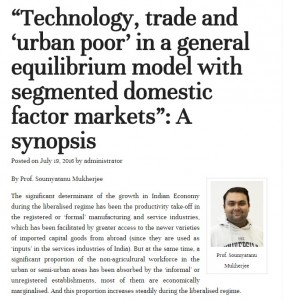





 Users Today : 93
Users Today : 93 Users Yesterday : 268
Users Yesterday : 268 This Month : 2971
This Month : 2971 This Year : 55940
This Year : 55940 Total Users : 479928
Total Users : 479928 Who's Online : 1
Who's Online : 1